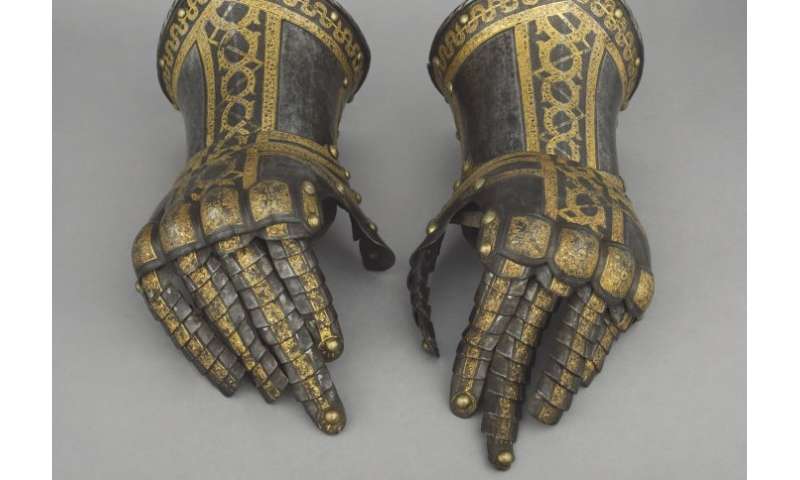Best of Last Week – Neutrino interactions observed, Voyager spacecraft reach milestone and risks of lean eating

It was another good week for physics as a team at the University of Chicago built the world's smallest neutrino detector and observed elusive interactions of particles that were predicted to occur back in 1974. Also, a team at Friedrich-Alexander University Erlangen-Nürnberg in Germany reported on their investigation into the fundamental limits of quantum engines and showed that the ultimate efficiency of quantum systems is subject to tighter fundamental limits than those for classical computers. And a team at Imperial College London used physics to shed light on a rarely seen 16th-century metal working technique to test the bluing on a gauntlet made for Lord Buckhurst in 1587 just prior to the arrival of the Spanish Armada.
It was also a good week for studying the past as an international team of researchers conducted an analysis of ancient DNA, which revealed that Minoan and Mycenaean had genetically similar origins. Also, a team with members affiliated with several institutions in the U.S. announced that a dinosaur-era plant was found alive in North America for the first time in Wisconsin and Minnesota. And a pair of researchers with Boston College and the University of Massachusetts announced that they had identified a non-genetic source of species variability—a "vigorous gaping" behavior in larval cichlid fish.
In other news, it was noted that the Voyager spacecraft are still reaching for the stars and setting records after 40 years—Voyager 1 was launched September 5th, 1977 and Voyager 2, August 20th, 1977. Also, Julianne Holt-Lunstad with Brigham Young University gave a presentation at the 125th Annual Convention of the American Psychological Association outlining work she and her team have conducted that showed social isolation and loneliness could be a greater threat to public health than obesity. And security robot maker Knightscope announced that a mishap did not dampen their enthusiasm for security robots—the robot Steve, posted in Washington D.C., fell into a fountain on his first day of work last month.
And finally, if you are one of the millions around the world who restrict their diet to prevent gaining weight, you might be doing more harm than good if you are not doing it correctly, says a team at University Hospital Tübingen and the Institute for Diabetes Research and Metabolic Diseases of the Helmholtz Centre Munich. They have been studying the characteristics of metabolically unhealthy lean people and report that they found people who are of normal weight but are unhealthy due to their diet restrictions are three times more likely to die due to health issues.
© 2017 Phys.org